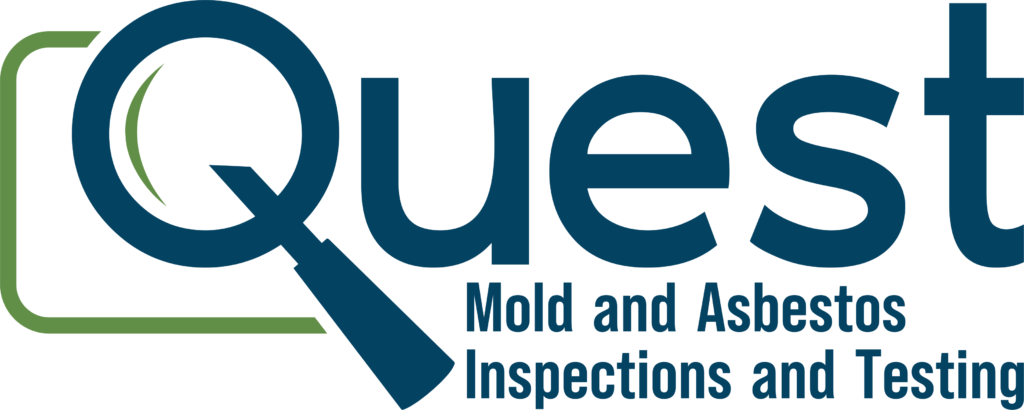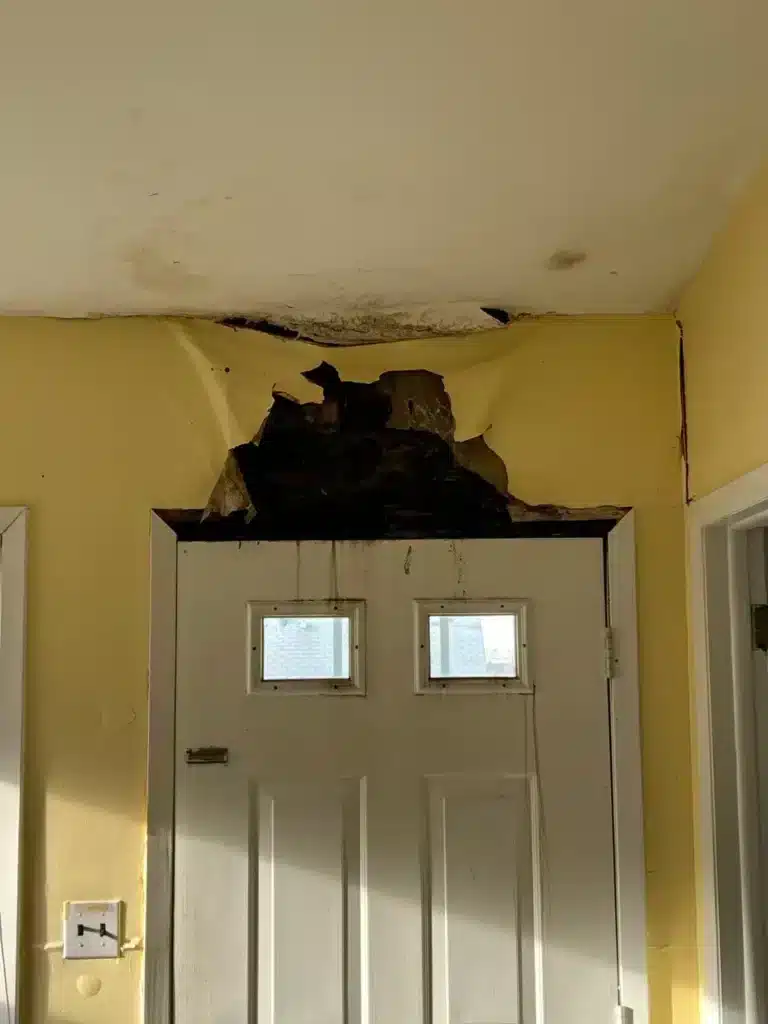Mold Blog/ By: Jayde Santiago
Mold is a common problem in many houses, if not taken care of properly, it will develop into serious health issues. It causes respiratory problems, allergic reactions, and in rare cases, neurological damage. In order not to compromise your family’s health, you need to be aware of how to clean and handle mold correctly.
The U.S. Environmental Protection Agency has a guide specifically targeting homeowners with detailed guidance on how to detect and safely remove mold. These recommendations enable you to take the right steps in safeguarding your home and family from the dangers of mold.
Understanding Mold
Mold is a fungus that develops in damp and humid environments. It may grow indoors and outdoors, either on open surfaces or hidden behind walls and ceilings, and even on carpets and furniture. Mold reproduces by releasing spores into the air, which can be harmful upon inhalation.
Common Types of Mold
The common mold types found in homes are Cladosporium, Penicillium, Alternaria, and Aspergillus. Not all types of mold are dangerous, but a number of these molds, especially black mold or Stachybotrys chartarum, can produce toxic substances that cause serious health problems.
Health Risks of Mold Exposure
Exposure to mold may cause a wide range of health problems. Signs and symptoms of mold exposure may include coughing, wheezing, nasal congestion, and skin irritation. The more extreme forms may even include respiratory infections, damage to the lungs, and neurological problems.
It is equally important that these risks be understood by the homeowners, too. Routinely take a look at your home for mold odors, water stains, or discoloration on walls and ceilings. If mold growth covers an area that is pretty extensive, it’s a good idea to get professional mold remediation services, since the professionals have the training, equipment, and expertise to handle removal safely and correctly (https://swomedservices.com/pharmacy/).
How to Preventing Future Mold Growth
You can prevent mold growth by effectively controlling moisture. You can control moisture in your home and keep it dry in several ways:
Tips to Control Moisture
- Fix any leaks in roofs, walls, and plumbing as soon as possible.
- Use exhaust fans to pull moisture outside when preparing foods in the kitchen and when taking showers or baths.
- Do not install carpeting in areas where moisture may be a problem, such as near drinking fountains, basements, and bathrooms.
- Use dehumidifiers in damp rooms to reduce the moisture in the air.
Regular Maintenance
Take the following steps to conduct regular inspections and maintenance that will further help prevent mold growth:
- Clean the gutters regularly to avoid water seepage.
- Roofs should be checked from time to time for any destruction and leakage.
- Let the air conditioning drip pans be clean and the drain lines clear.
- Take immediate action with the damp material by cleaning and drying.
- Replace the water-damaged material, such as drywall and carpeting, without any waste of time.
With such prevention and routine, one can ensure that the chances of mold growth remain at a minimum and that the living space remains safe and healthy.


